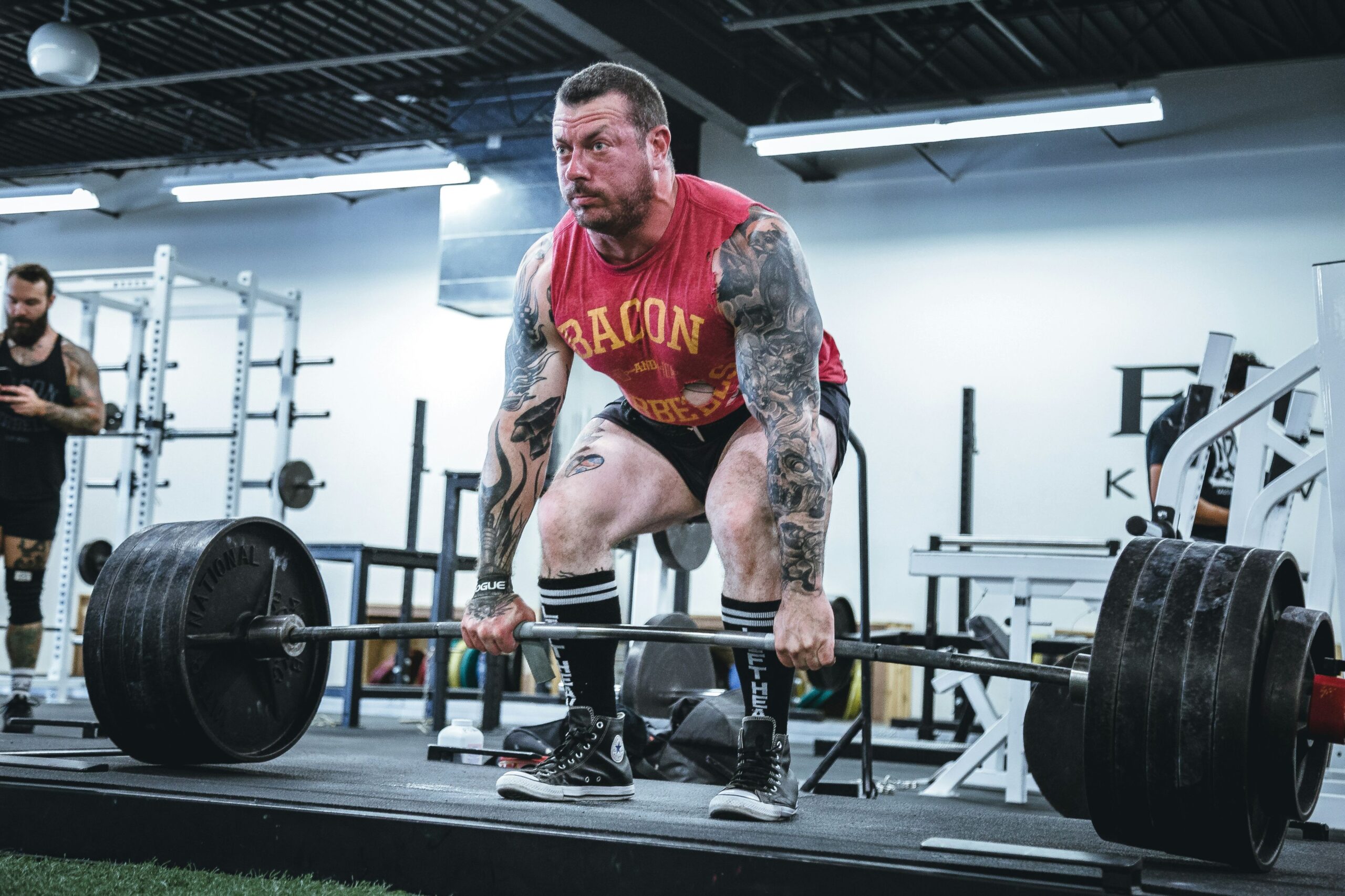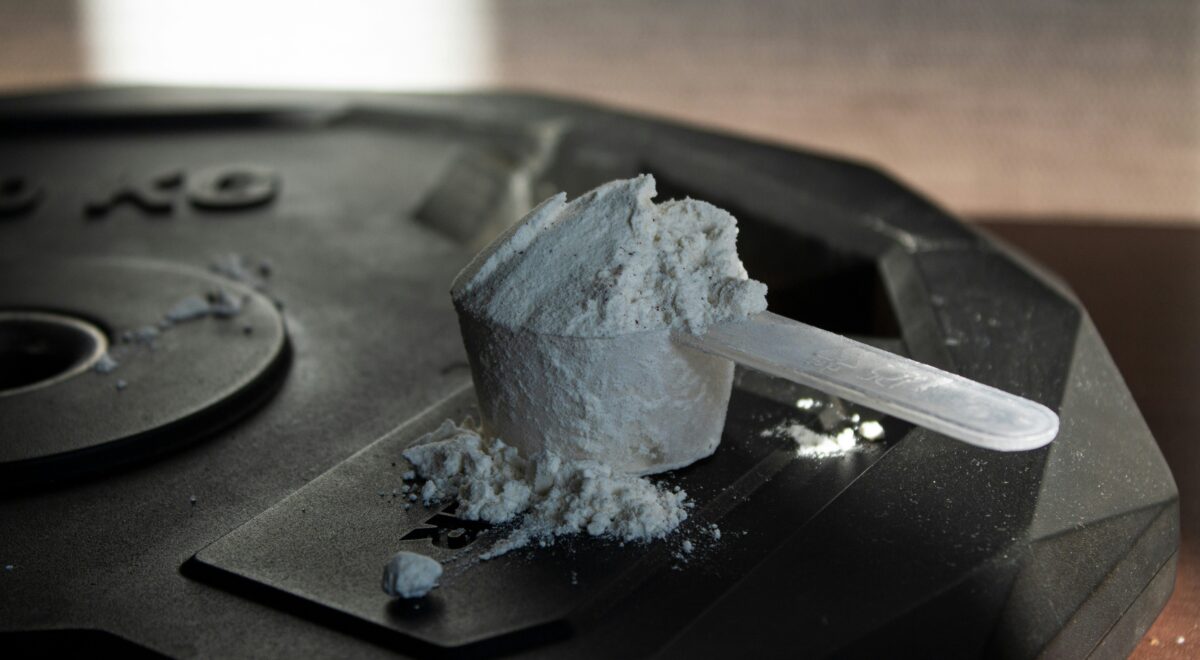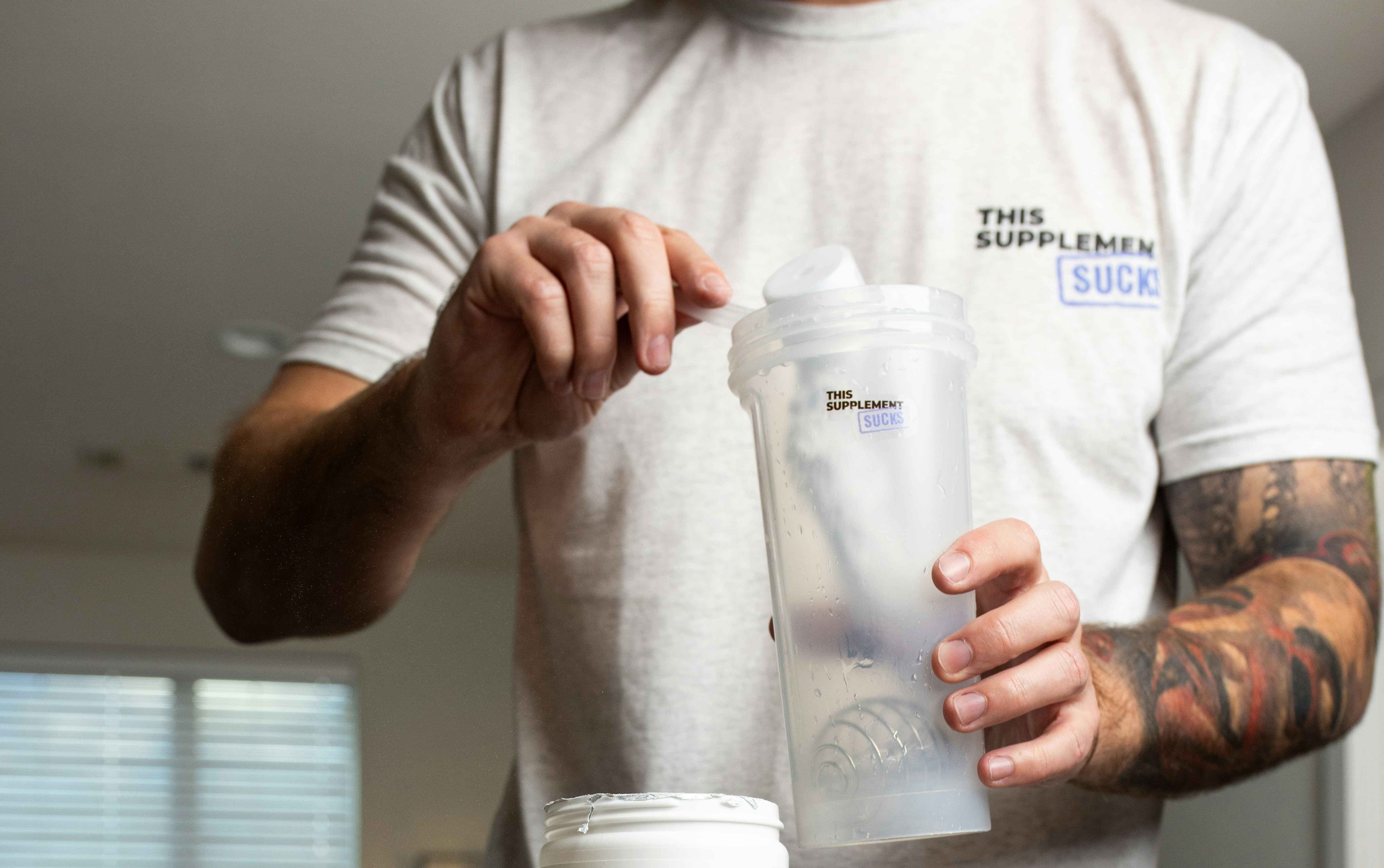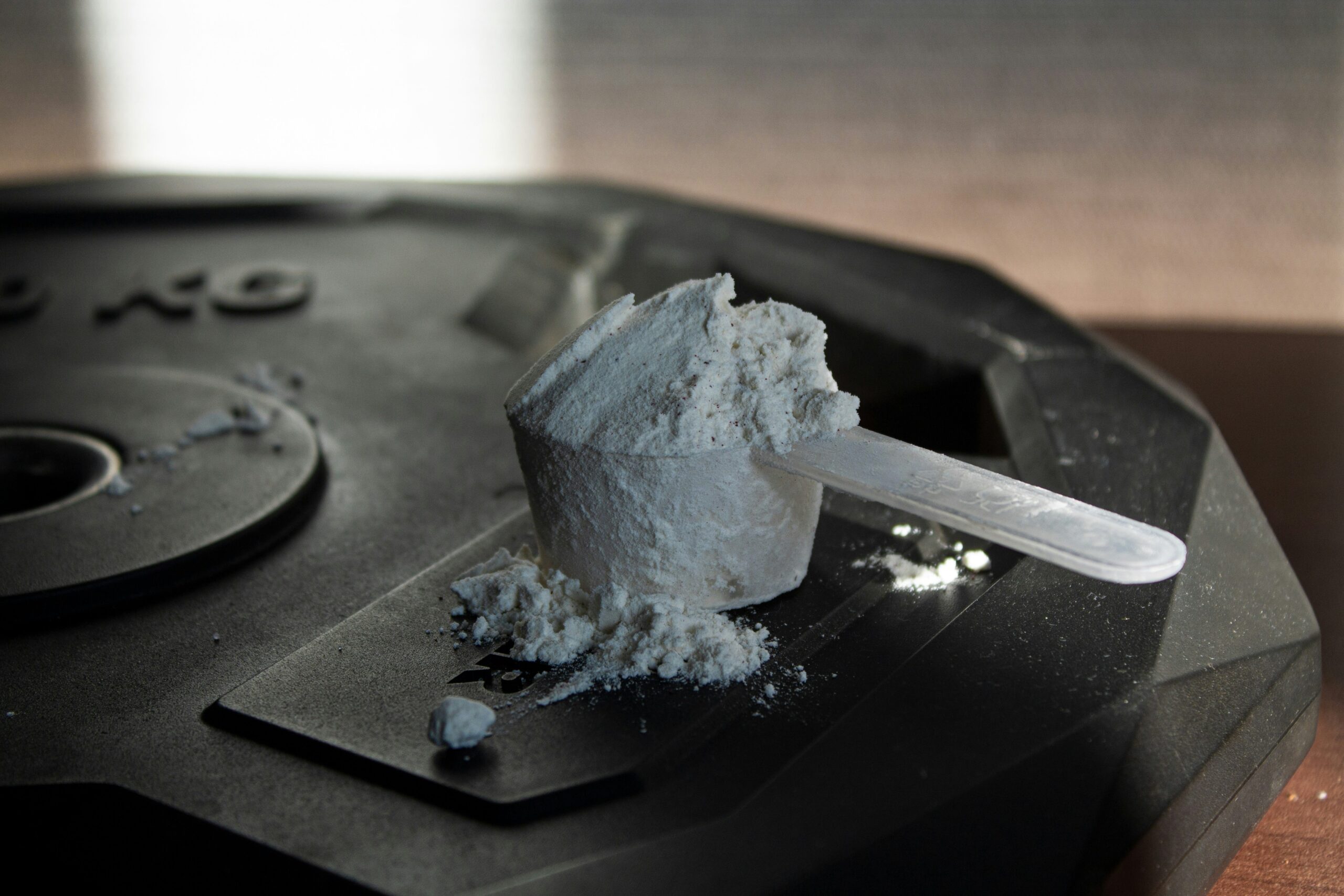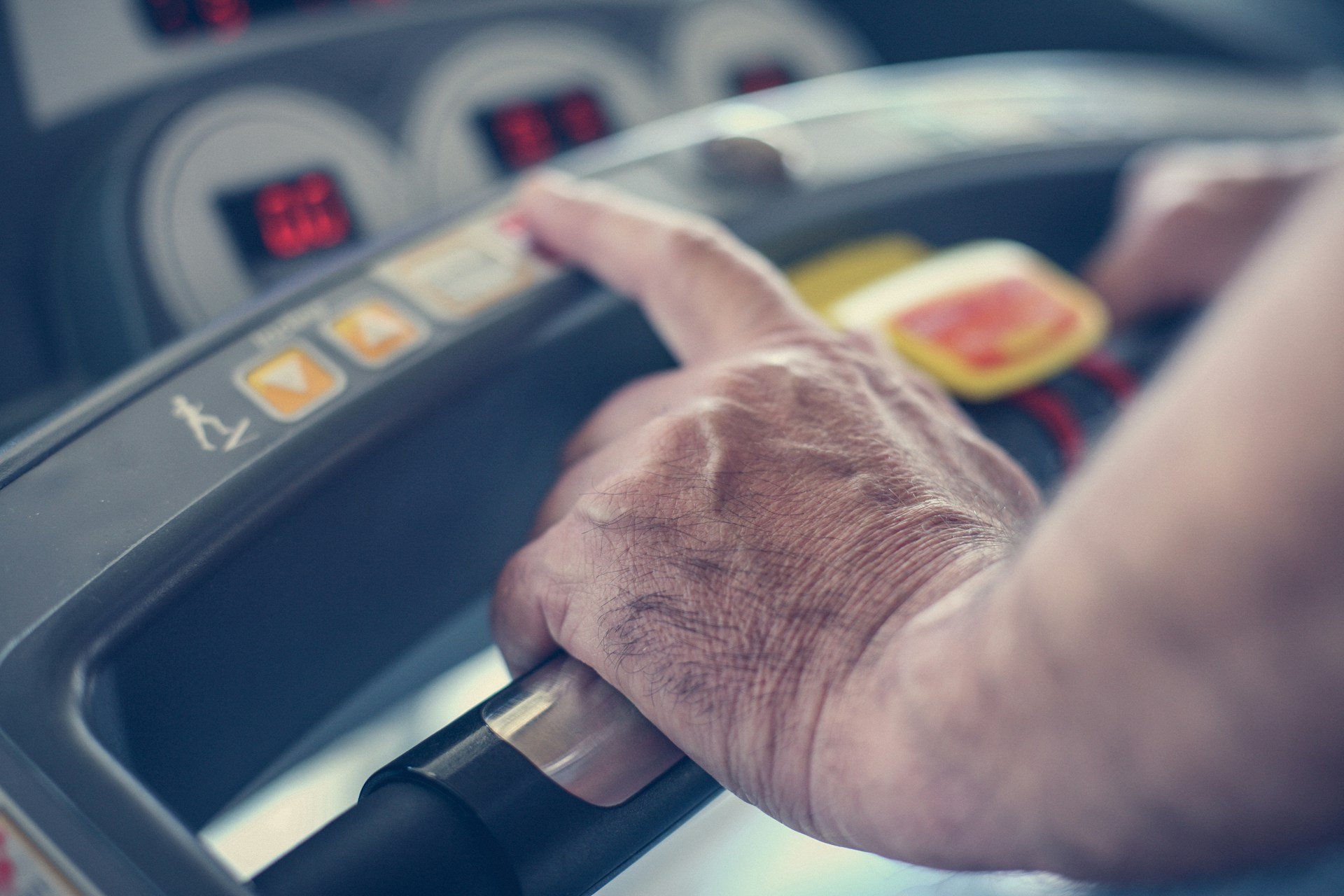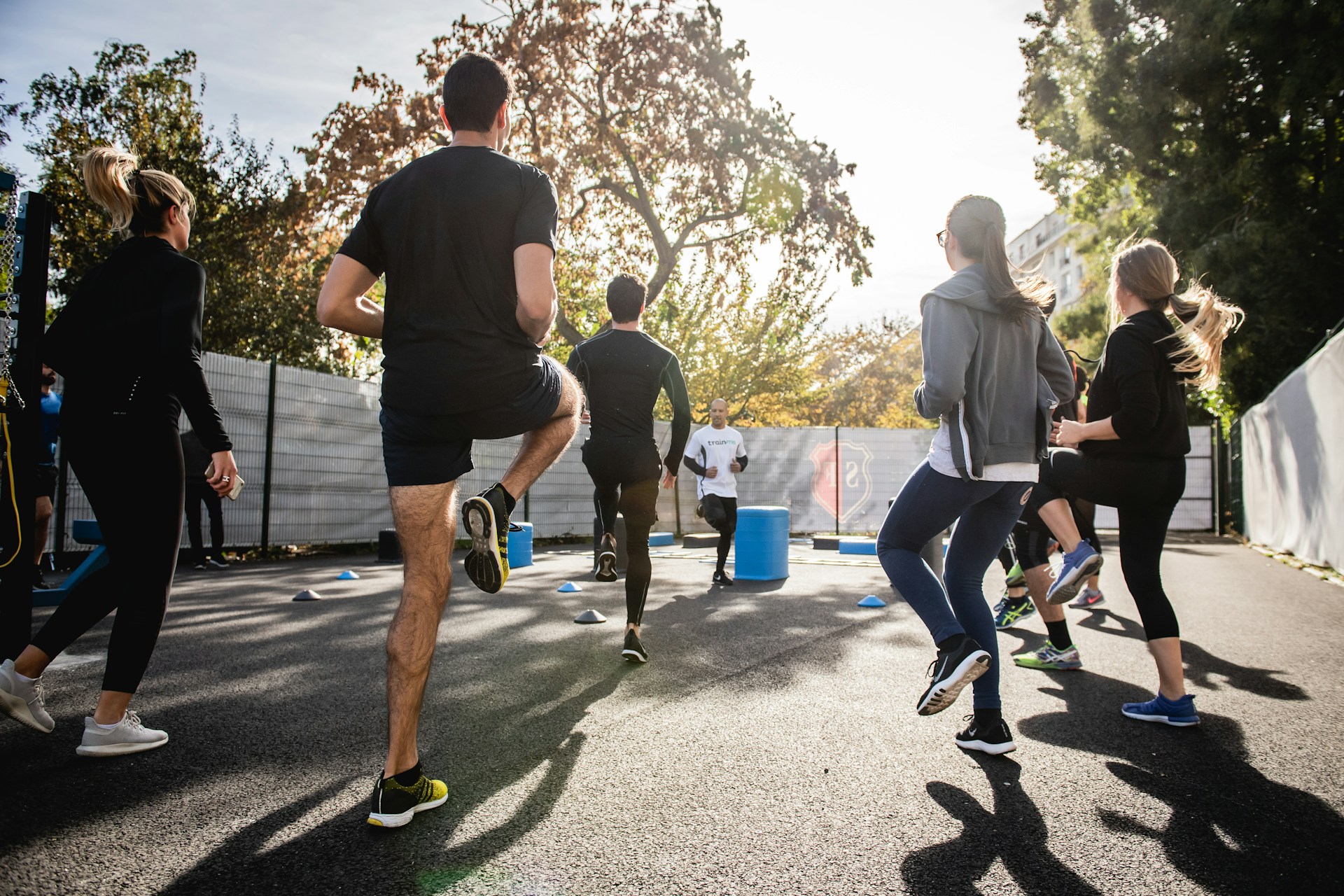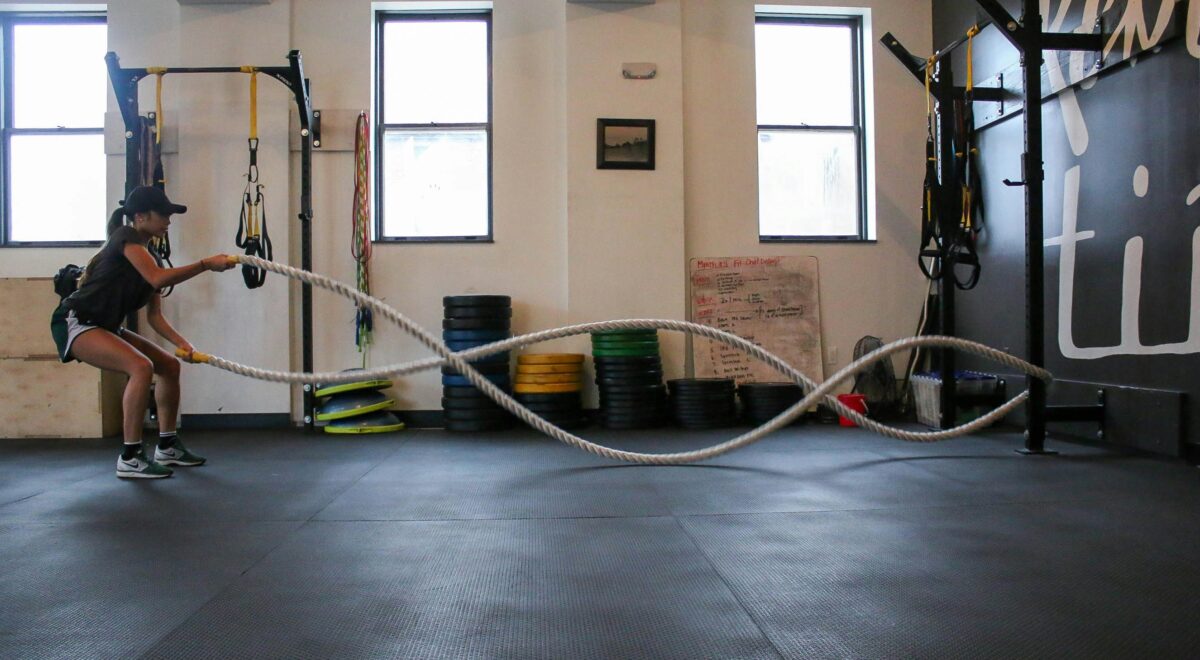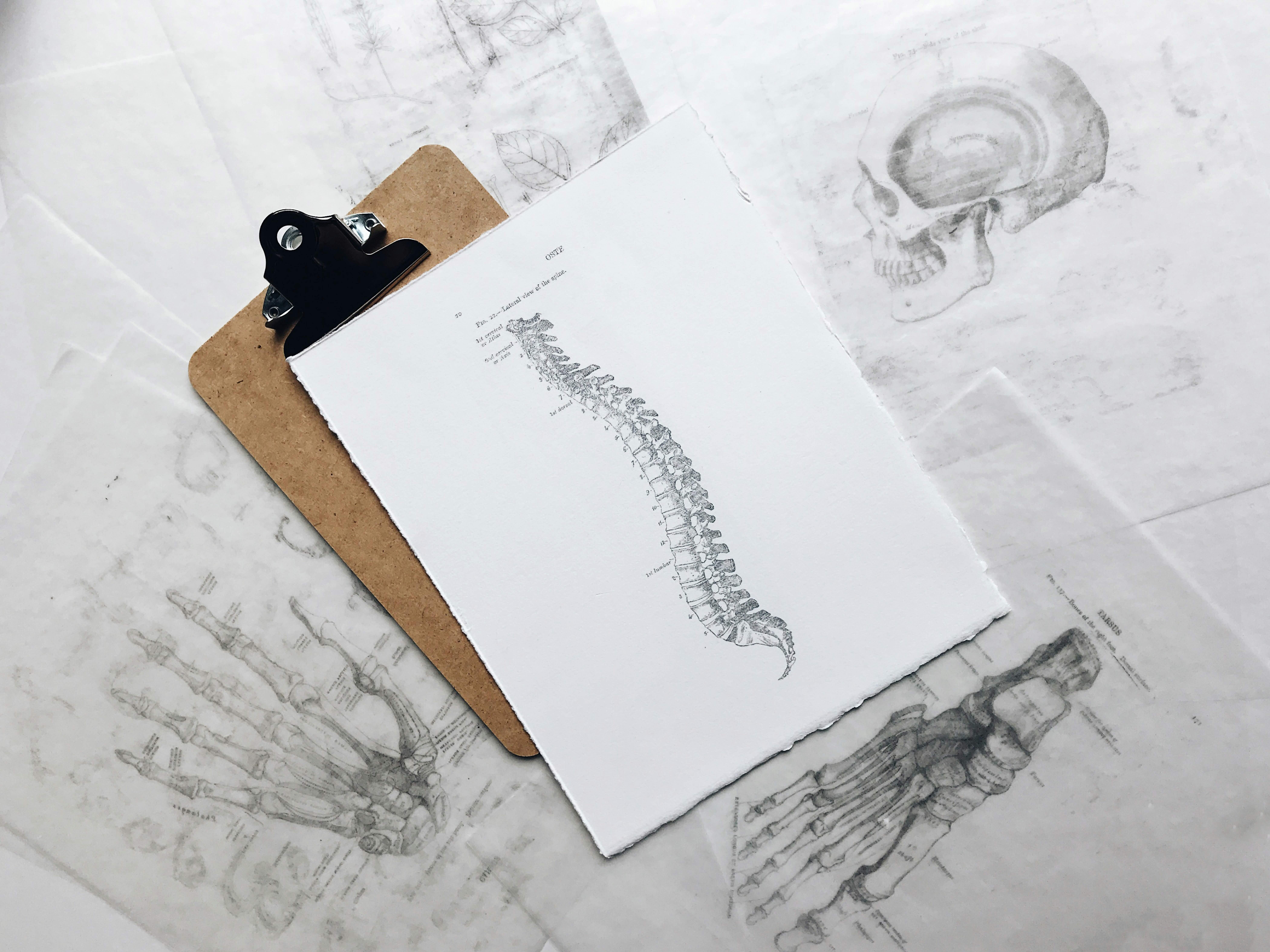How to Increase Cardiovascular Endurance – Expert Guide

Cardiovascular endurance is key for fitness and heart health. Boosting it means your body can handle longer physical activity, keeping your heart, lungs, and muscles in sync. Whether you’re prepping for a race, leveling up your fitness, or just aiming to be healthier, it’s all about improving endurance. This guide will give you straightforward, effective ways to ramp up your stamina over time. Let’s get to it.
What is Cardiovascular Endurance?
Cardiovascular endurance is basically how well your heart, lungs, and muscles can keep up during extended activity. The stronger your endurance, the longer you can keep pushing through things like running, cycling, swimming, or even a fast walk without getting worn out.
Why is Cardiovascular Endurance Important?
Having good cardiovascular endurance has several benefits:
- Heart Health: Strengthening your heart muscles reduces your risk of heart disease, high blood pressure, and stroke.
- Improved Metabolism: Boosting endurance helps your body become more efficient at burning calories.
- Increased Energy Levels: With better stamina, daily tasks become easier, and you’ll experience less fatigue.
- Mental Health Benefits: Cardiovascular exercise is known to release endorphins, improving mood and reducing stress.
Now that we know why it’s important, let’s dive into how to increase your cardiovascular endurance.
1. Start with the Basics: Walking and Jogging
If you’re new to cardiovascular training, starting with low-impact activities like walking or jogging is a great way to build endurance. Here’s how to begin:
- Start with Brisk Walking: Aim for 30-40 minutes of brisk walking at least 3-4 times a week. Over time, try to gradually increase your walking speed or the distance you cover.
- Move to Jogging: Once walking becomes easier, incorporate intervals of jogging. Alternate between 2-3 minutes of walking and 1-2 minutes of jogging. Gradually increase the jogging time as your endurance improves.
This beginner-friendly approach allows your body to adapt to aerobic exercise without overloading it.
- Sprint Intervals: Sprint for 30 seconds at full effort, followed by 1-2 minutes of slow walking or light jogging. Repeat this for 15-20 minutes.
- Cycling Intervals: If you prefer cycling, alternate between 1 minute of fast cycling and 2 minutes of slower, more relaxed pedaling for a total of 20-25 minutes.
HIIT workouts push your cardiovascular system to its limits, helping your body adapt and recover faster, ultimately improving your endurance.
3. Incorporate Steady-State Cardio
Steady-state cardio involves maintaining a consistent, moderate level of intensity for a prolonged period, such as running, cycling, or swimming at a steady pace. This type of cardio allows your heart and lungs to work efficiently over time, improving their capacity to supply oxygen to your muscles.
- Example Workout: Choose a steady pace that you can maintain for 30-60 minutes. For instance, go for a light jog, swim laps, or cycle at a consistent speed. Do this 2-3 times a week.
The key to steady-state cardio is consistency. The more often you engage in these longer sessions, the stronger your heart and lungs will become.
4. Don’t Forget Strength Training
Many people overlook strength training when trying to increase cardiovascular endurance, but it’s a vital component. Strength training helps build muscle, which in turn improves overall endurance and reduces fatigue during cardio activities.
- Focus on Compound Movements: Exercises like squats, lunges, deadlifts, and push-ups engage multiple muscle groups, which boosts both strength and cardiovascular endurance.
- Circuit Training: Try combining strength exercises with short bursts of cardio. For example, perform a circuit of bodyweight exercises (like squats, push-ups, and planks) followed by 30 seconds of jumping jacks or burpees. Repeat the circuit 3-4 times.
Incorporating strength training 2-3 times a week will complement your cardiovascular workouts, helping you become more resilient and improving your overall stamina.
5. Focus on Breathing Techniques
Breathing plays a crucial role in increasing cardiovascular endurance. Efficient breathing ensures that your muscles get the oxygen they need, which allows you to perform better for longer periods. Here’s how you can optimize your breathing:
- Nasal Breathing: Whenever possible, try to breathe through your nose rather than your mouth. Nasal breathing filters and humidifies the air and helps regulate your breathing rate.
- Deep Breathing: Focus on diaphragmatic breathing, where you take deep breaths that fill your lungs. This helps increase oxygen intake and can prevent you from feeling winded too quickly.
Practicing breathing exercises outside of your workouts can also help improve lung capacity and oxygen efficiency.
6. Gradually Increase Intensity
One of the most important principles of increasing cardiovascular endurance is progressive overload. This means gradually increasing the intensity or duration of your workouts to continually challenge your body. Here’s how you can apply this:
- Increase Distance or Time: If you’re running or cycling, aim to add an extra 5-10 minutes to your workout every week.
- Increase Speed or Resistance: If you’re using machines like treadmills or stationary bikes, gradually increase the speed or resistance level to push your body further.
By consistently challenging yourself, your cardiovascular endurance will naturally improve over time.
7. Stay Consistent and Be Patient
Building up your cardio endurance isn’t something that just happens. It’s all about sticking with it and putting in the time. Start small—run for 15 minutes straight, knock out a 20-minute HIIT workout. The goal is to keep pushing those limits little by little.
You’re aiming for 3-4 cardio sessions a week. Variety helps—switch up your workouts so it doesn’t get stale. Keep at it, and you’ll see the stuff that used to wipe you out becomes a lot easier.
8. Proper Recovery and Nutrition
After a solid cardio session, your body’s in recovery mode, and you’ve got to give it what it needs to bounce back. Make sure you’re spacing out your workouts enough to let your muscles repair. Fuel up smart—hydration’s key, and your diet should be locked in with whole grains, lean proteins, and healthy fats. This is what’s going to keep your endurance game strong and help your cardiovascular system level up.















